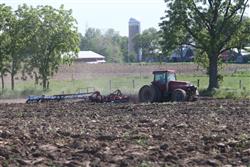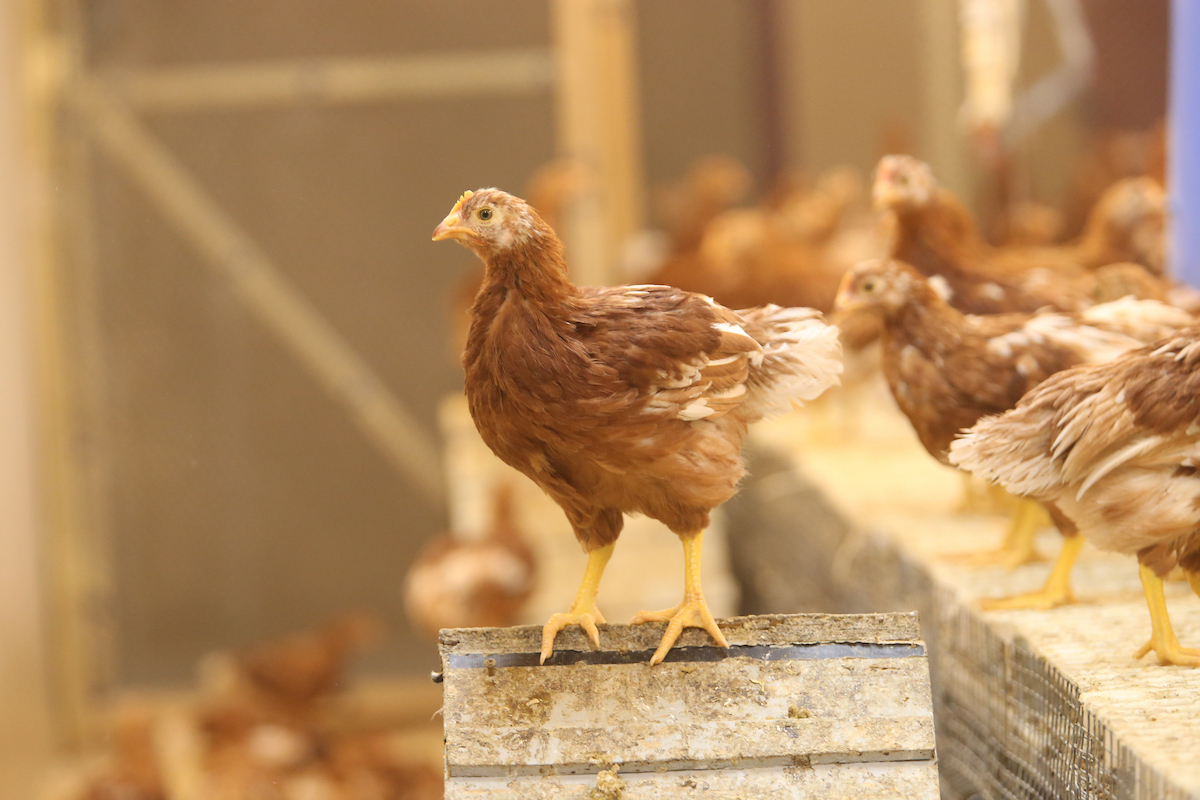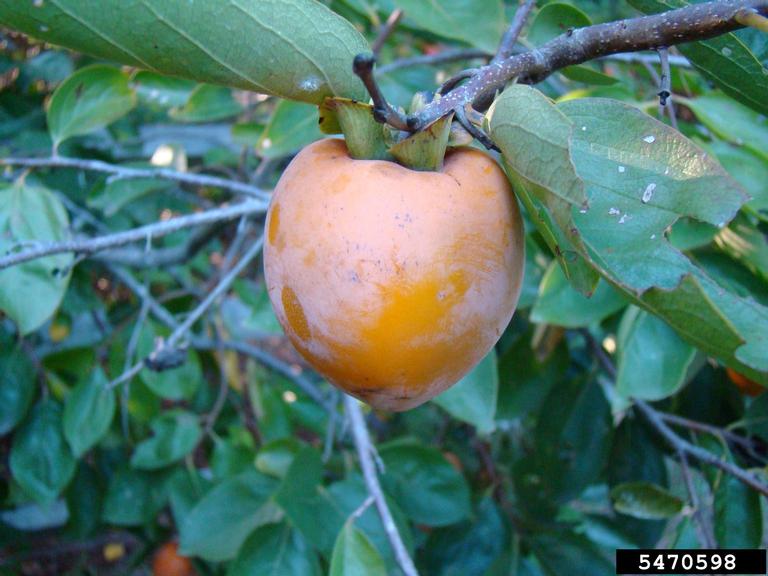Highlights of Recent Agricultural Production

Where did Whitley County rank recently in corn production among all other Indiana counties? What was a recent state-wide yield for soybeans? These and other questions are addressed in the annual Indiana Agricultural Statistics bulletin, recently posted online.
Statewide in 2019, Indiana ranked as follows on crops among all states: corn for grain, 5th; soybeans, 5th; peppermint, 4th; spearmint, 3rd; all watermelon, 6th; and all pumpkins, 2nd. In livestock, Indiana ranked 5th on all hogs, and 3rd in all chickens (both as of Dec. 1, 2019). We ranked 9th in pig crop, 4th in turkeys raised, and 3rd in total eggs produced.
Indiana farmers received $10.5 billion in cash receipts from marketings in 2019, up fractionally from 2018. Marketed crops totaled $6.81 billion (64.6% of total), while livestock receipts came in at $3.73 billion, for 35.4% of the total.
Corn was the leading source of income, amounting to $3.49 billion. Soybeans were second at $2.77 billion, and meat animals were third at $1.63 billion. Poultry and eggs were fourth at $1.1 billion, followed by dairy at $736 million. These five commodity groups accounted for almost 92% of cash receipts in 2019. Food grains, vegetables, and other livestock and crops (including fruit and nuts) make up the difference.
This is how Whitley County ranked among all Indiana counties for crops in 2019: corn, 33rd; soybeans, 34th; and wheat, 7th. For livestock production, Whitley County ranked 57th in number of beef cows, and 31st in number of milk cows (as of Jan. 2020).
In 2017 (per 2017 Census of Agriculture), Whitley County ranked 13th in all hogs, 56th in all sheep, 28th in chickens, and 57th in turkeys. Of the 214,764 total acres in Whitley County, 176,255 of those acres were in farms. 154,095 acres were in cropland, 3748 acres were pastureland, and 10,252 acres were woodlands.
According to the 2017 Census of Agriculture, there were 696 Whitley County farms in 2017, at an average size of 253 acres/farm. 69 farms were 1 to 9 acres, 267 farms were 10 to 49 acres, 182 farms were 50 to 179 acres, 96 farms were 180 to 499 acres, 28 farms were 500 to 999 acres, and 54 farms were 1,000 acres or more.
For average crop yields in Whitley County in 2019, corn came in at 174 bushels per acre, soybeans were 53.2 bushels per acre, and wheat was 62.1 bushels per acre.
Total ag receipts in Whitley County in 2018 totaled nearly $86.09 million, with crops contributing $61.95 million, and livestock contributing nearly $24.14 million.
However, net income paints a more accurate picture. Cash receipts plus government payments, minus expenses, provided a realized net income to Whitley County farmers of nearly $7.06 million in 2018. Net was $8.59 million in 2017, just less than $13.40 million in 2016, and in 2015, the net was a loss just shy of $1.82 million.
USDA’s National Agricultural Statistics Service, Indiana Field Office, publishes the Indiana Agricultural Statistics bulletin each year. It contains current and historic data for all major crops, livestock, economic and related data. Find the current (2019-20) and past reports at https://www.nass.usda.gov/Statistics_by_State/Indiana/Publications/Annual_Statistical_Bulletin/index.php. Find the Census of Agriculture at https://www.nass.usda.gov/AgCensus/.





